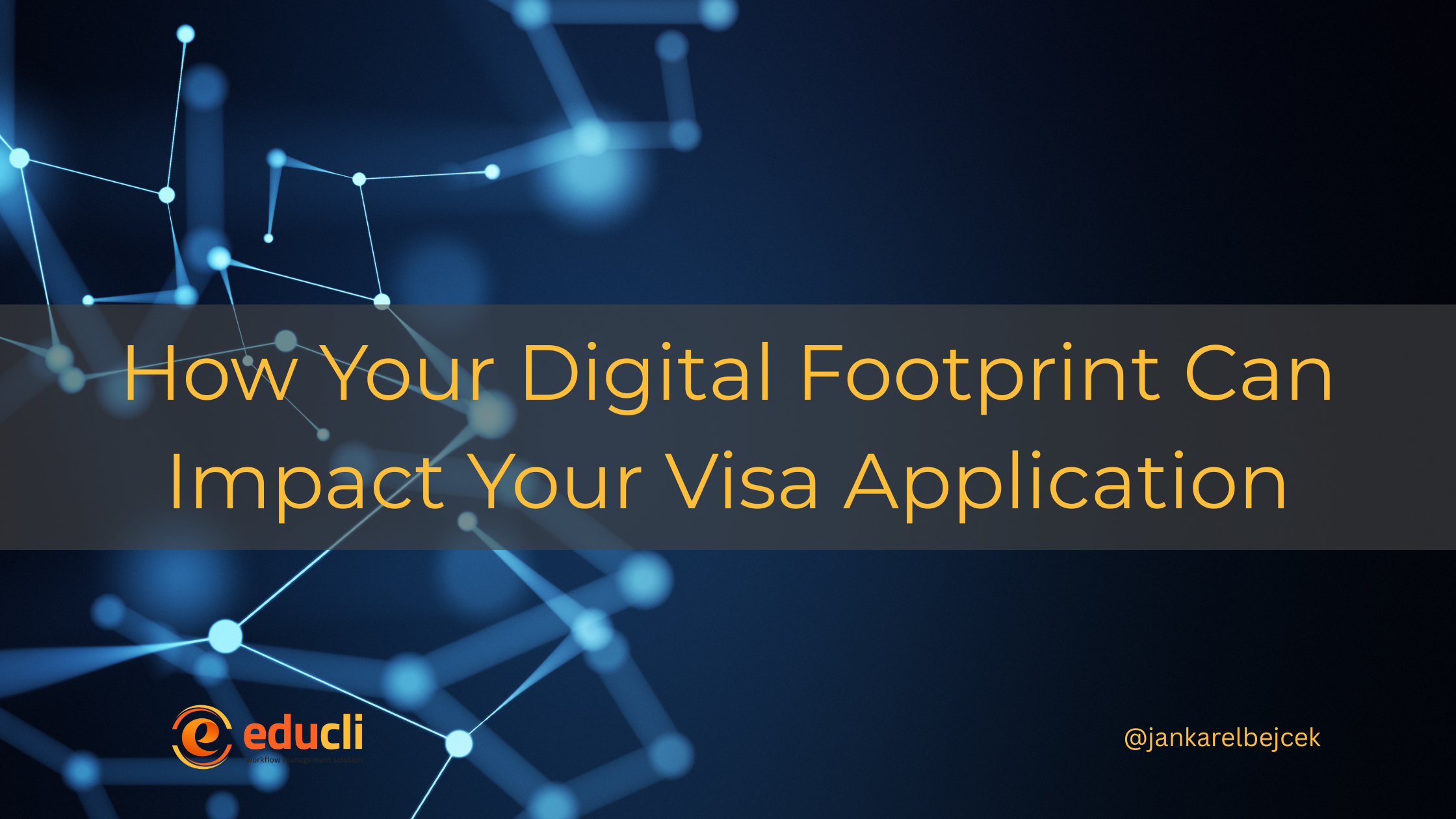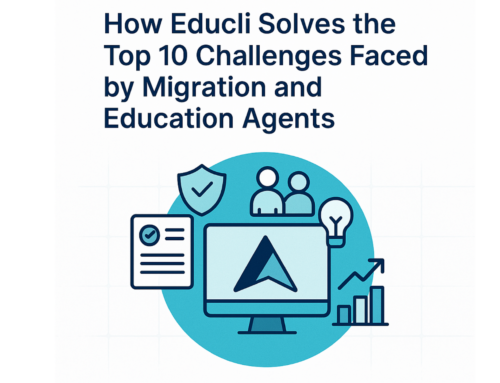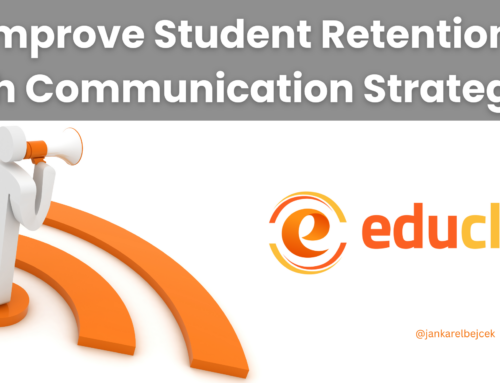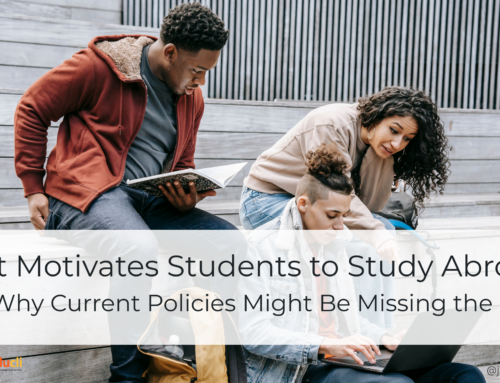In today’s hyper-connected world, the digital footprint we leave behind can have real-world consequences—especially when it comes to visa applications. Immigration authorities in countries like Australia, the United States, Canada, and the UK are increasingly turning to social media and online activity as part of their background checks and risk assessments. For applicants, this means that what you post, share, or even like online could influence the outcome of your visa application.
What is a Digital Footprint?
A digital footprint is the trail of data you leave behind when you use the internet. This includes:
- Social media posts and interactions (Facebook, Instagram, TikTok, Twitter/X, LinkedIn, etc.)
- Online forums and blogs
- Email activity
- Digital transactions
- Uploaded videos, photos, or comments
- Any public data linked to your name or profile
Why Immigration Authorities Monitor Digital Footprints
Visa processing officers are responsible for verifying the genuineness of an applicant’s intentions—whether that’s studying, working, joining family, or visiting. Inconsistent or suspicious online activity can raise red flags. For example:
- Contradictions between your visa application and social media posts (e.g., applying as a student while promoting a business online or advertising job-seeking intentions).
- Indications of non-genuine intent, such as posts suggesting permanent relocation despite applying for a temporary visa.
- Engagement in criminal, extremist, or politically sensitive activity, especially in countries with strict national security policies.
- Fake documentation or misleading claims, exposed via digital evidence that contradicts your stated background or qualifications.
Real-World Examples
- A student visa applicant claimed to be financially supported by parents, but their social media showcased lavish spending and overseas travel—raising questions about undeclared income.
- A visitor visa applicant was denied entry after immigration found evidence of job-hunting activities on LinkedIn and Facebook, contrary to their stated intention to return home.
- An applicant posted anti-government or controversial political opinions that raised security or character concerns.
How to Manage Your Digital Footprint Before Applying
- Audit Your Online Presence
Search your full name, email, and phone number online to see what comes up. Delete or make private anything that might be misinterpreted. - Ensure Consistency
Make sure your online profiles match your application in terms of employment, education, and travel history. - Be Cautious About Sharing Plans
Avoid publicly posting about future plans that contradict your visa intentions (e.g., “Can’t wait to move to Australia forever” when applying for a visitor or student visa). - Review Privacy Settings
Set your social media profiles to private and avoid engaging in controversial topics or communities. - Avoid Using Agents Who Misrepresent You
Some unregistered migration agents may create false narratives to “strengthen” your case. If this is reflected in online forms or accounts, it could result in a visa refusal or ban.
Final Thoughts
Your digital presence is more public and accessible than you may think. Immigration departments are leveraging technology and open-source intelligence to assess applicants more thoroughly than ever. A careless tweet or an old photo could raise doubts about your character or intentions—sometimes unfairly, but often with irreversible consequences.
When applying for a visa, treat your digital footprint as part of your application. Clean it up, keep it honest, and ensure it reflects the story you are telling immigration officers—because in 2025, your online life is your real life.
#VisaApplication #DigitalFootprint #InternationalStudents #MigrationTips #Educli #StudentSupport #VisaRefusals





Leave A Comment